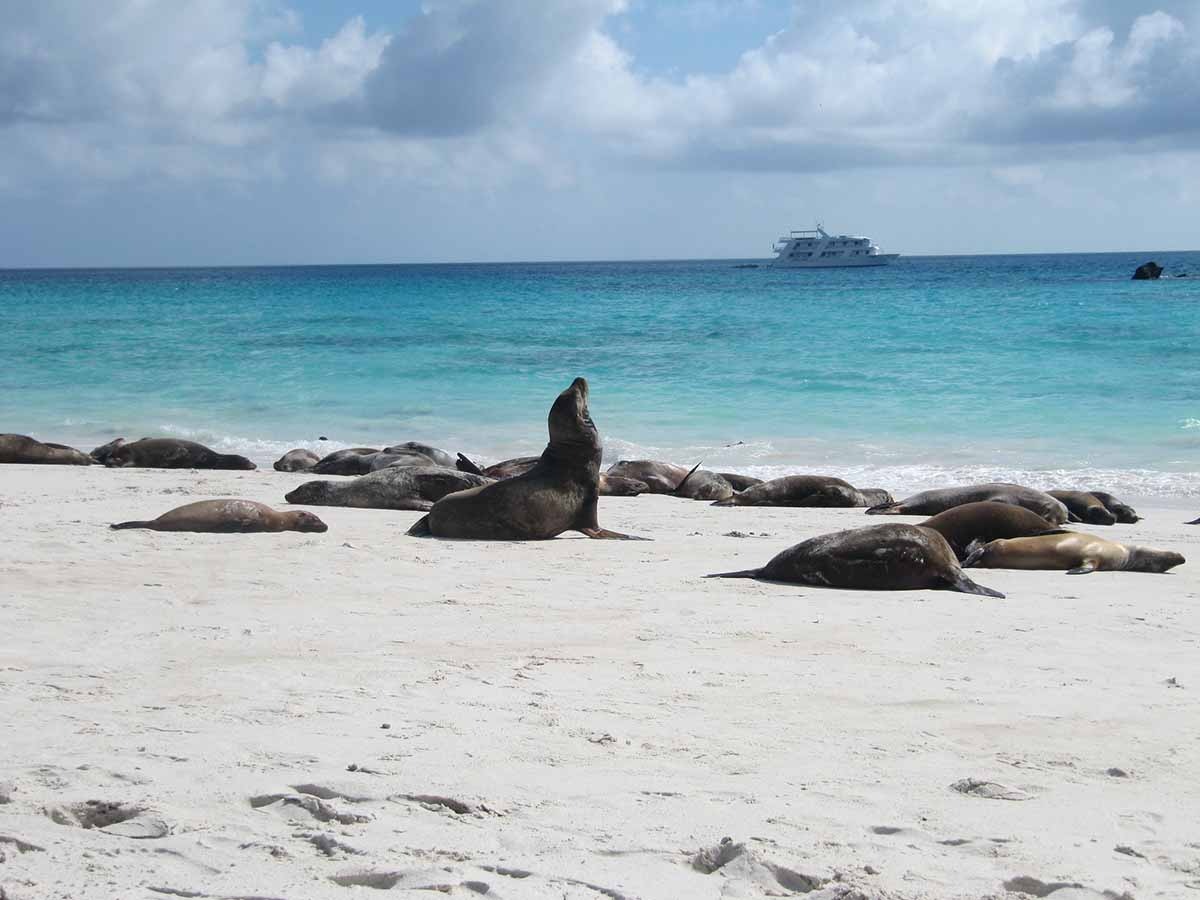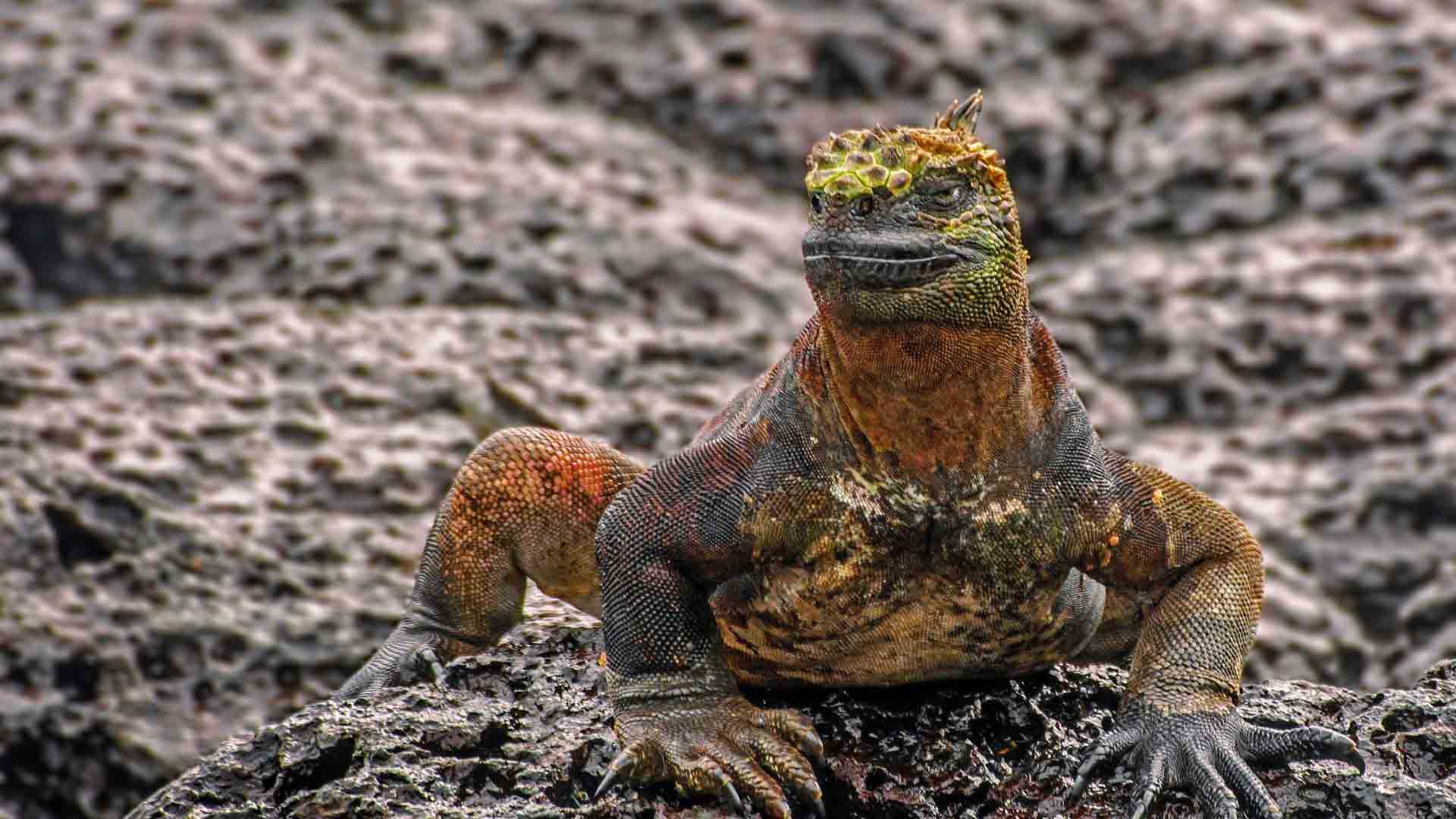Are you looking to explore the incredible wonders of Fernandina and Isabela?
Day by day
Map

Preview

Preview

Preview
Cruise Includes
All programed visits as per itinerary with specialized naturalist bilingual guide
Accommodation in twin/double cabin with private facilities
All meals on board, drinking purified water, coffee and tea
Snorkeling equipment (fins, mask & snorkel) wet-suits & sea-kayaks
Transfers within the islands on cruise dates as per itinerary
Personalized 24/7 assistance during tour.
Cruise does not include
Airfare to/from Galapagos from/to Mainland Ecuador (to be added)
Galapagos National Park Entrance Fee US$200 per person (in cash only upon arrival)
Galapagos Migration Card US$20 in cash per person (at Mainland’s Airport)
Alcoholic/soft drinks, personal expenses, extras, and tips
Travel, medical & cancelation insurance and any services on mainland
International Flights to Ecuador
Other services not specified in the program
Highlights
Large and bright colored Land Iguanas at Santa Fe and Plaza.
Walk around endangered Giant Tortoises at semi-wild state
Swim with playful and curious Sea-Lions while enjoying the Marine Life of the Islands
Encounter with the Flightless Cormorant at Fernandina
Learn about evolution on every visitor´s site in your cruise
Relax at the yacht’s Sun deck with your favorite drink while the sea breeze soothes your senses while sailing in this enchanted paradise
The Charm of the Western Islands Yacht Venture
From USD 8745,00
Enquire now
Dates & Promotions
| Dates | Price (USD) | Available | Hold | Promotion | |
|---|---|---|---|---|---|
No data | |||||